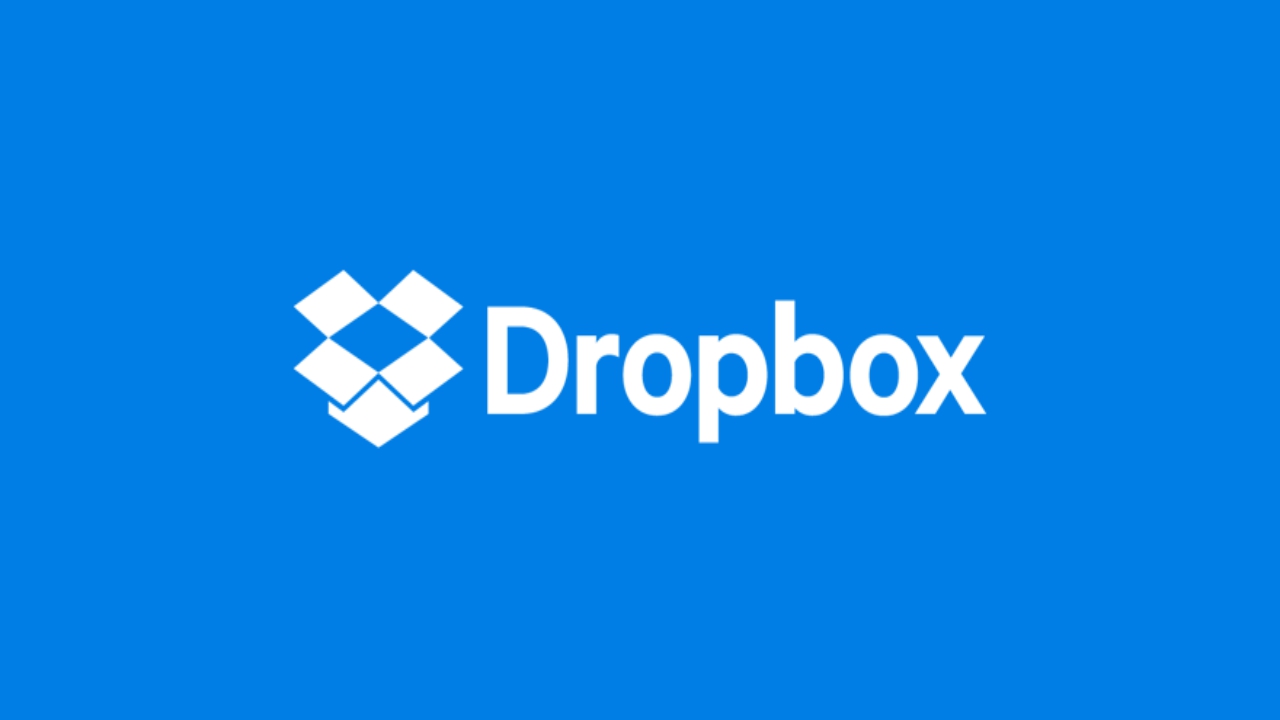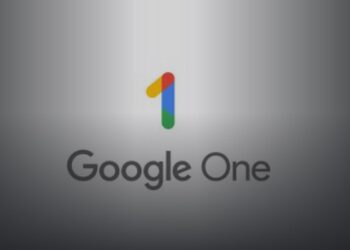With cameras getting better and content creation and consumption habits increasing, there’s a lot more to store today than there ever was. That explains why smartphones, including budget ones, are stepping up and offering users more storage internally as well as including support for high capacity microSD cards.
A sub-Kshs 20,000 Nokia smartphone, for instance, easily lets one expand its storage upto 400GB more using a memory card. A high-end Samsung Galaxy smartphone equally does the same up to, a whopping 1 terabytes.
Much as that is the case for local storage, other needs such as collaboration, sharing with friends, families and colleagues or ease of access on multiple devices, have made a strong case for the rise in popularity of cloud storage over the last few years.
Android device users have not been short of options when it comes to that. There’s Google Drive which mostly comes pre-installed as an app providing users access to Google’s cloud storage solution. Since Android is Google’s doing, the tighter integration Drive enjoys as a result means that it tends to already have a foot inside the door with offerings like Gmail and Google Photos giving it an edge over the competition.
Still, that has not made users not continue their dalliance with other options like Microsoft’s OneDrive (this is the drug yours truly takes religiously) and Dropbox. Both OneDrive and Dropbox have also had their fair share of privilege that counteracts Drive. Their makers have in the past hammered deals with various device makers, most notably Samsung, not only to have their respective apps pre-installed on new devices, but also bundling the said devices with free cloud storage options for some time before requiring users to pay to keep their files.
As a result, your typical user of cloud services on Android has probably amassed a good enough footprint to feel attached to one service or the other and want to take it with them and access it everywhere they go.
Sadly, going forward, that may not exactly be the case for Dropbox users.
An update to the cloud storage service’s terms notes that, “Basic users have a three device limit as of March 2019.”
“If you’ve reached your device limit, you can change which three devices are linked to your account. To do so, unlink devices you don’t want on your account (down to less than three), and then link the devices that you do want.”
Who saw that coming, huh?
That means that anyone with two smartphones already maxes their access options when they log on to a PC or some other computing device. The same is the case for anyone with a desktop computer, tablet and a smartphone.
In short, unless one pays and becomes a premium Dropbox user (there’s a choice of either the Plus or the Pro tier), they will have to play a not-so-funny game of linking and unlinking devices in order to maintain access to any files they have stored on Dropbox. As if the service wasn’t already limiting enough with the basic 2 gigabytes of storage space it offered for “basic” users, far below what rivals Google Drive and Microsoft OneDrive offer (don’t bring up iCloud, that’s a whole different monster).
For those who already use other cloud services like Evernote, though, this is not exactly news. It is the reality of the life we have been living for ages as the note-taking app only allows non-paying users access on just 2 devices at any given time.
The practice is equally prevalent in the media space where access to streaming services like Showmax and DSTV Now is restricted to just a number of devices with users, who pay to access such services by the way, having little wiggle room, as those services look to kill two birds with one stone: stop piracy by dissuading password sharing (hello Netflix) as well as encouraging more uptake of their services by getting people to actually subscribe.
All is not lost, though, as those who already have more than 3 devices linked to their Dropbox accounts will continue being able to access their files on those devices. Crisis mode will only kick in when they need to add new devices.














